How to animate an entire short film all alone
He comes from Rio de Janeiro, Brazil, and makes animated short films all by himself. His animations show dark themes and reveal a dark cyberpunk future. Michael Coutto has released his first short film "NEUROSi5" in 2018. Two years later his second short film "Momento" was released: A short film about the concept of reality and existence within a virtual mind.
Making Of scene from “Neurosi5: Momento”
You’re that crazy guy who makes an entire animated shortmovie alone. How did it all begin, when did you first start with animated films? Did you first create static graphics and then went over to moving images?
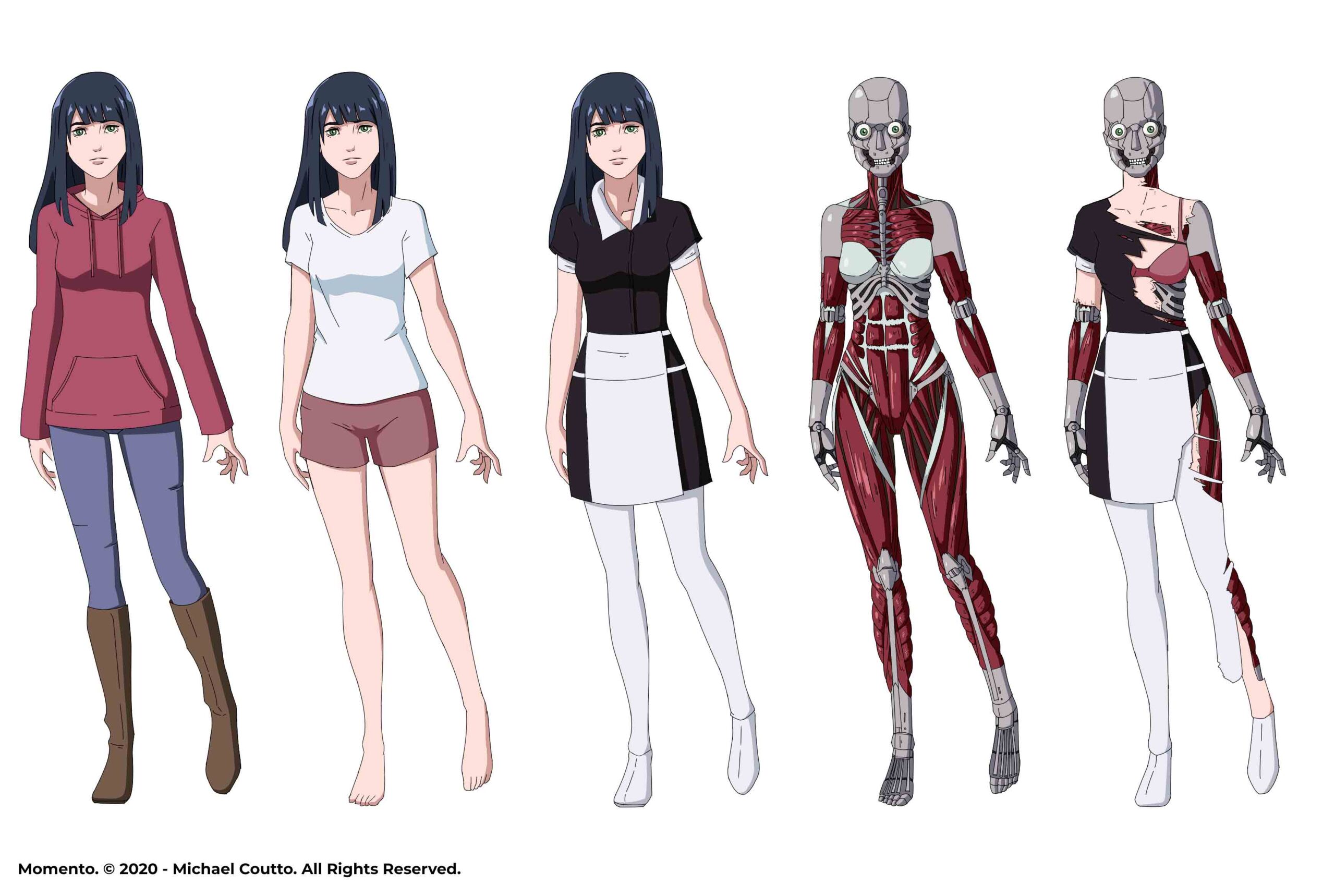
Body and clothes of the character “Anne” in Neurosi5: Momento
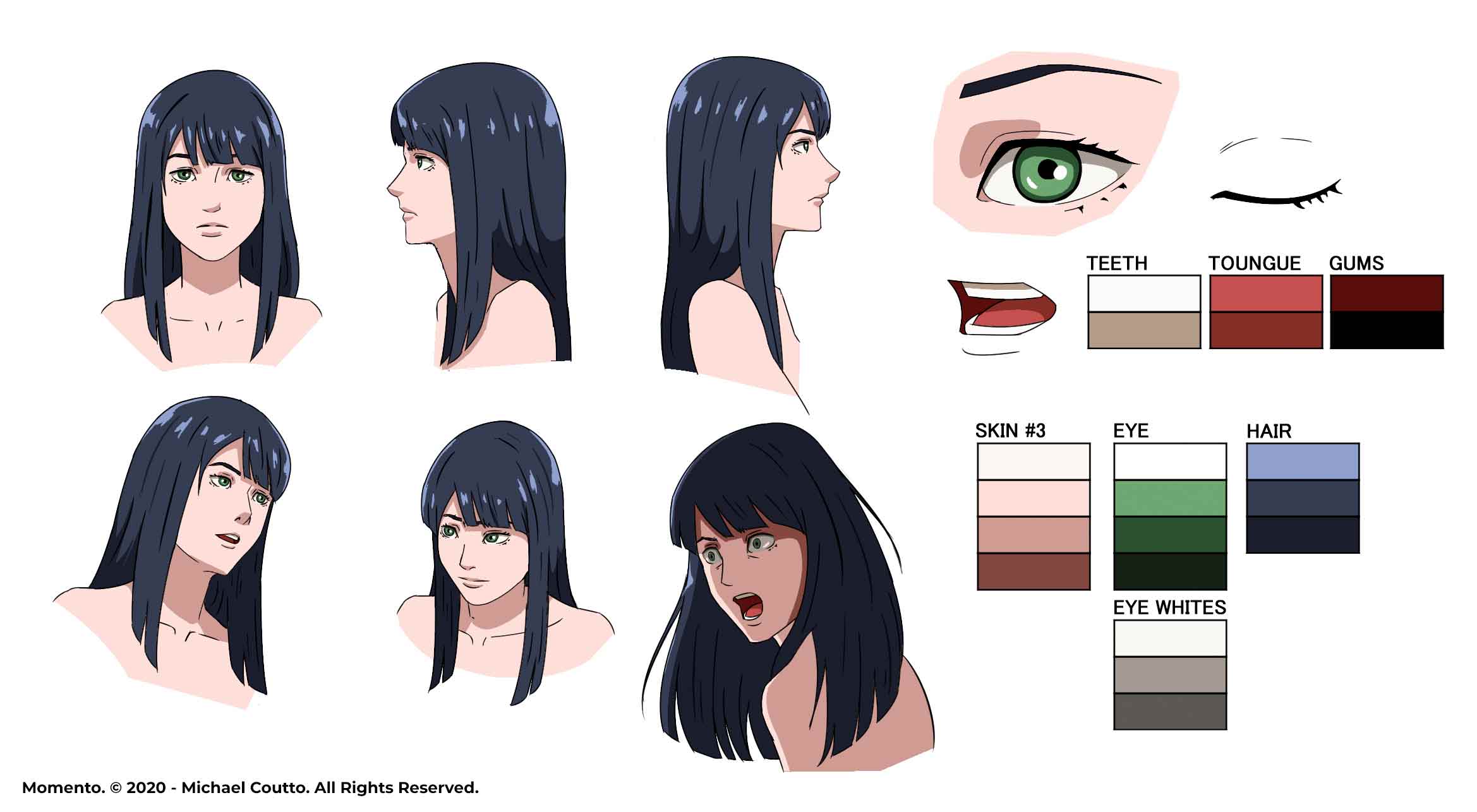
Hair and facial expressions of the character “Anne”
Did anyone teach you the know-how or did you learn it to yourself?
How did you come up with the idea of the film Momento? What inspired you?
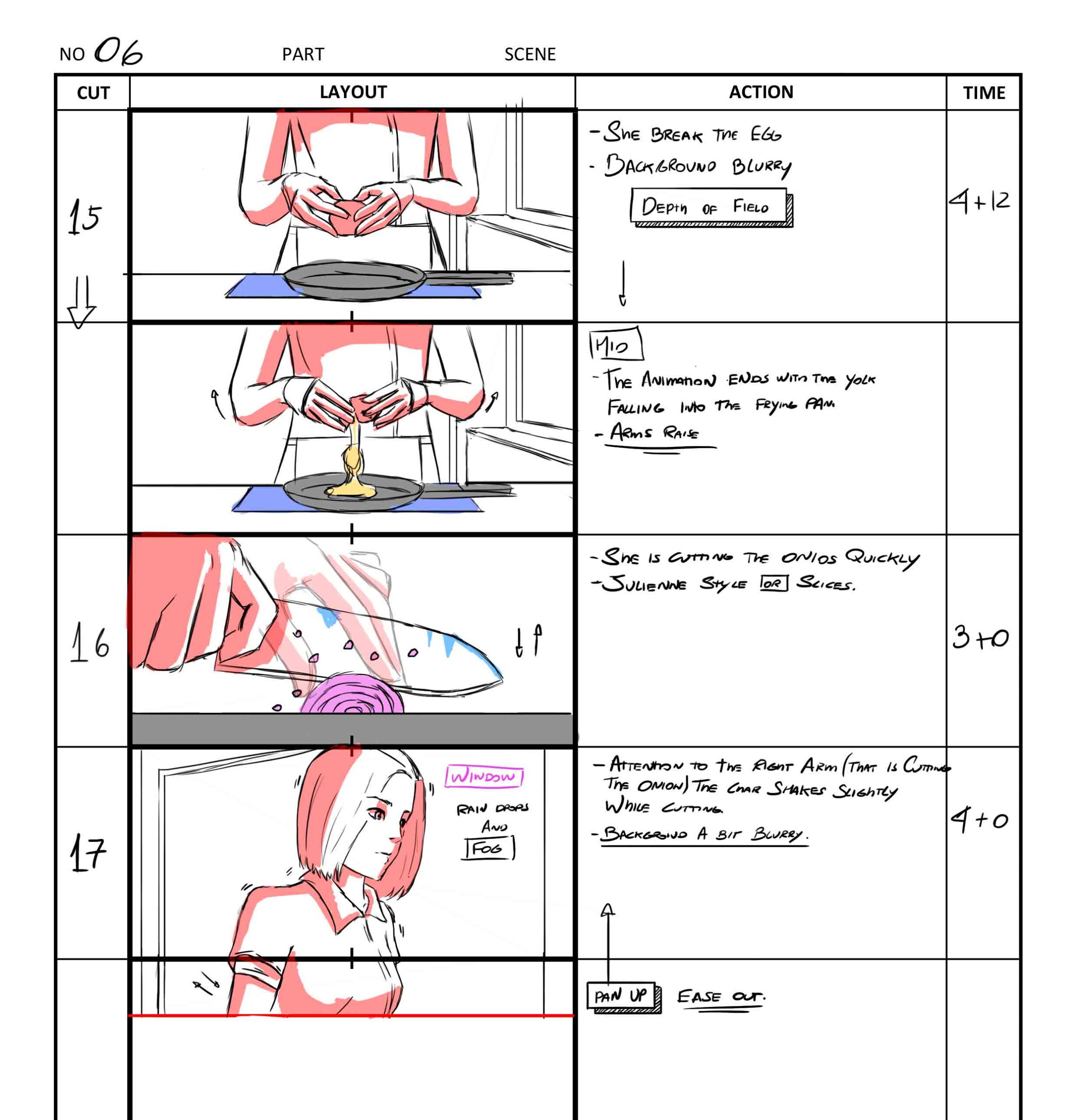
Storyboarding
How does the working process look like? Do you first create a storyboard of the whole film or rough animations of all sequences?
Well, creating an animation of this type is something that involves a lot of work, i mean A LOT. So, I know for a project of this type I will probably dedicate at least one year or more of my life to it, also, i will be handling the entire pipeline of the project, so I have plan a lot before starting anything.
«All this planning may seem like a huge waste of time, but for the long run, I'm actually able to save a lot of production time.»
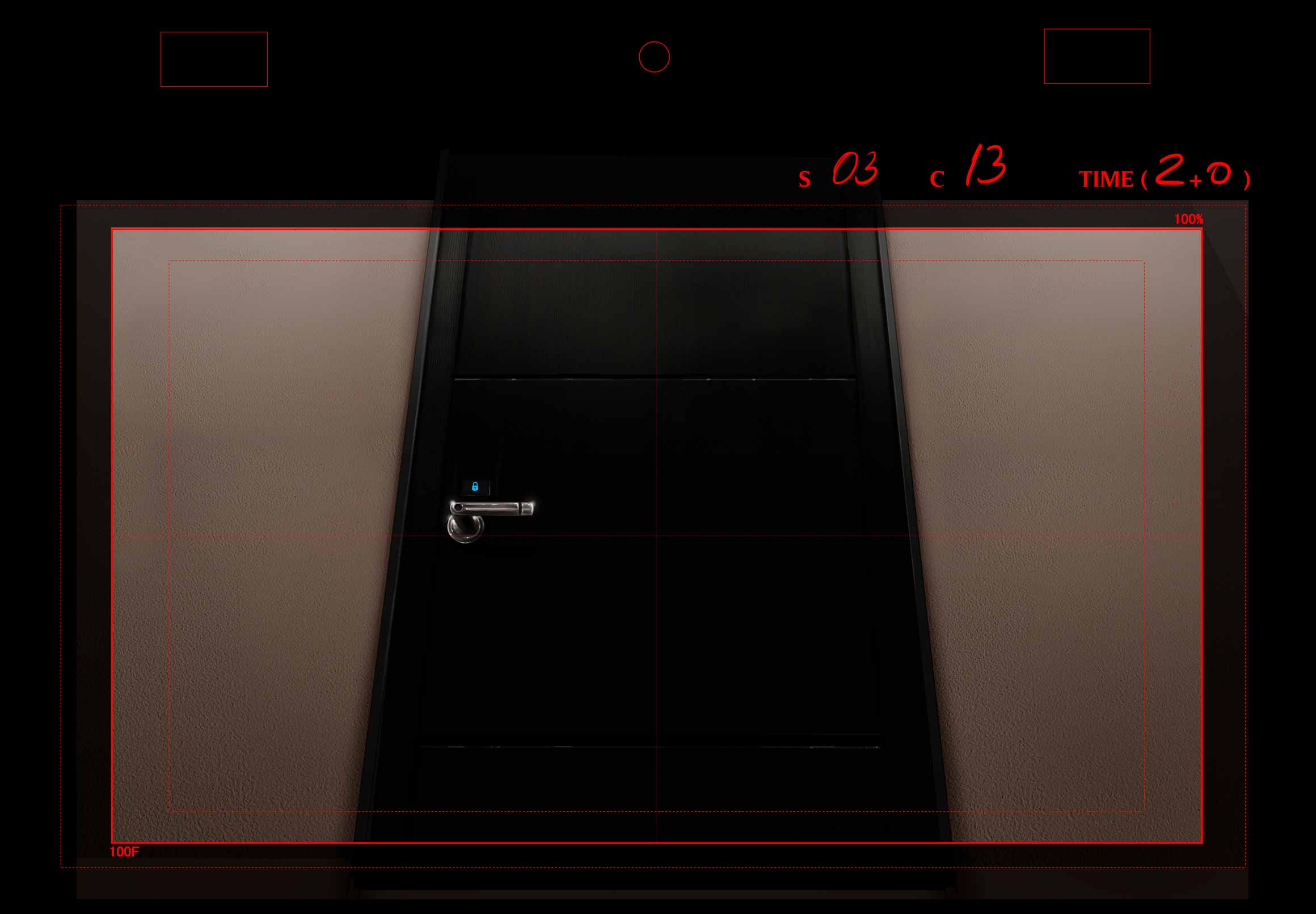
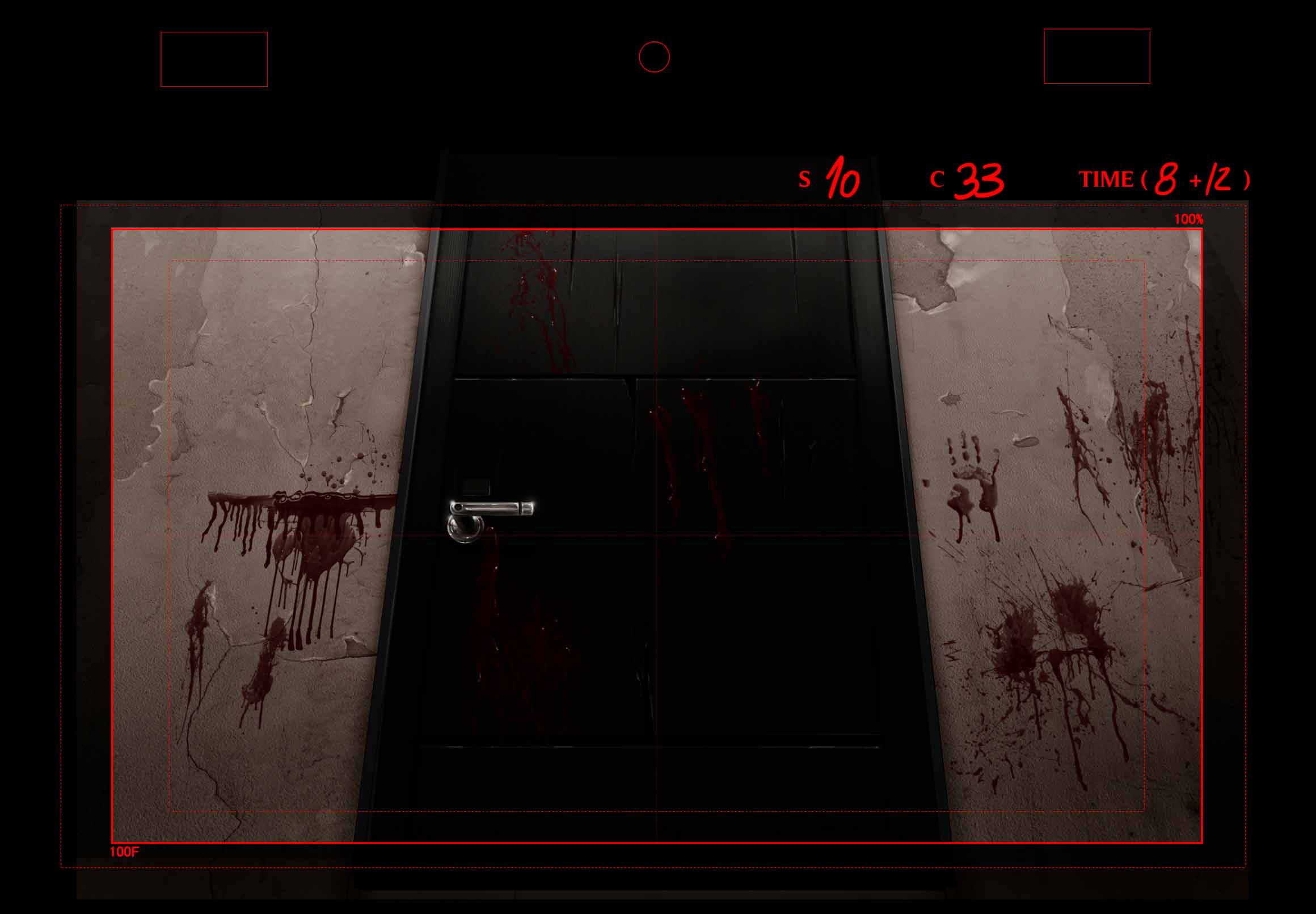
Making Of Neurosi5: Momento
Which programs did you use to create the film Momento?
For animation and colors, I use Clip Studio Paint Ex, for background paints Adobe Photoshop, to create the composition of all the cuts and bring the animation to life, Adobe After Effects, and finally for editing, Premiere. Music and Sound was handled using FL Studio.
Making Of scene from “Neurosi5: Momento”
How do you create the movement sequences? How do you proceed?
Usually, after the storyboard is already established, I create a rough animation, very simple, and without many details, just to have a quick visualization of the cut and movement. When I’m satisfied, I move on to the cleaning part where I apply the details, and other minor things just to get the animation ready for the inbetweening work, which is basically making the complementary drawings that make the animation smooth. The last step is the application of colors. All frames are exported individually to be used in the final composition.
Making Of scenes from “Neurosi5: Momento”
«The production of the film took about one and a half years.»
How long did the production of the film actually take?
One year and a half. I started this film as soon I finished my first short, called Neurosi5, I started the next day, this was in October 2018, until the end of November when I finished all the planning. December I started the animation and so I worked on it until the end of April this year. The month of May was entirely to polish things that I didn’t like in the animation, and also to compose all the cuts and edit the film, as well do part of the Audio Work (many of which I recorded myself) and another part was handled by Phil Michalski who did an excellent job. I think was in the last week before the release, that I created the music for the film.
Making Of scene from “Neurosi5: Momento”
What was the biggest challenge?
I think the biggest challenge for me, was to make the animation, or better saying, to keep doing it. It seems curious to say that, but for a project of this size, where i have to deal with all of his pipelines, it is an overwhelming job. However, when the project is finished, it is one of the best sensations, because being able to finish something of this size is really a very good thing, and believe me, even for 5 minutes of animation, it is still a lot of work.
Making Of scene from “Neurosi5: Momento”
What is your next project?
The continuation of the film, that I’m already writing, but before diving into a long production again, I’m playing with other quick projects, mini animations just to have some fun, most of them are on my Instagram.
Making Of scene from “Neurosi5: Momento”


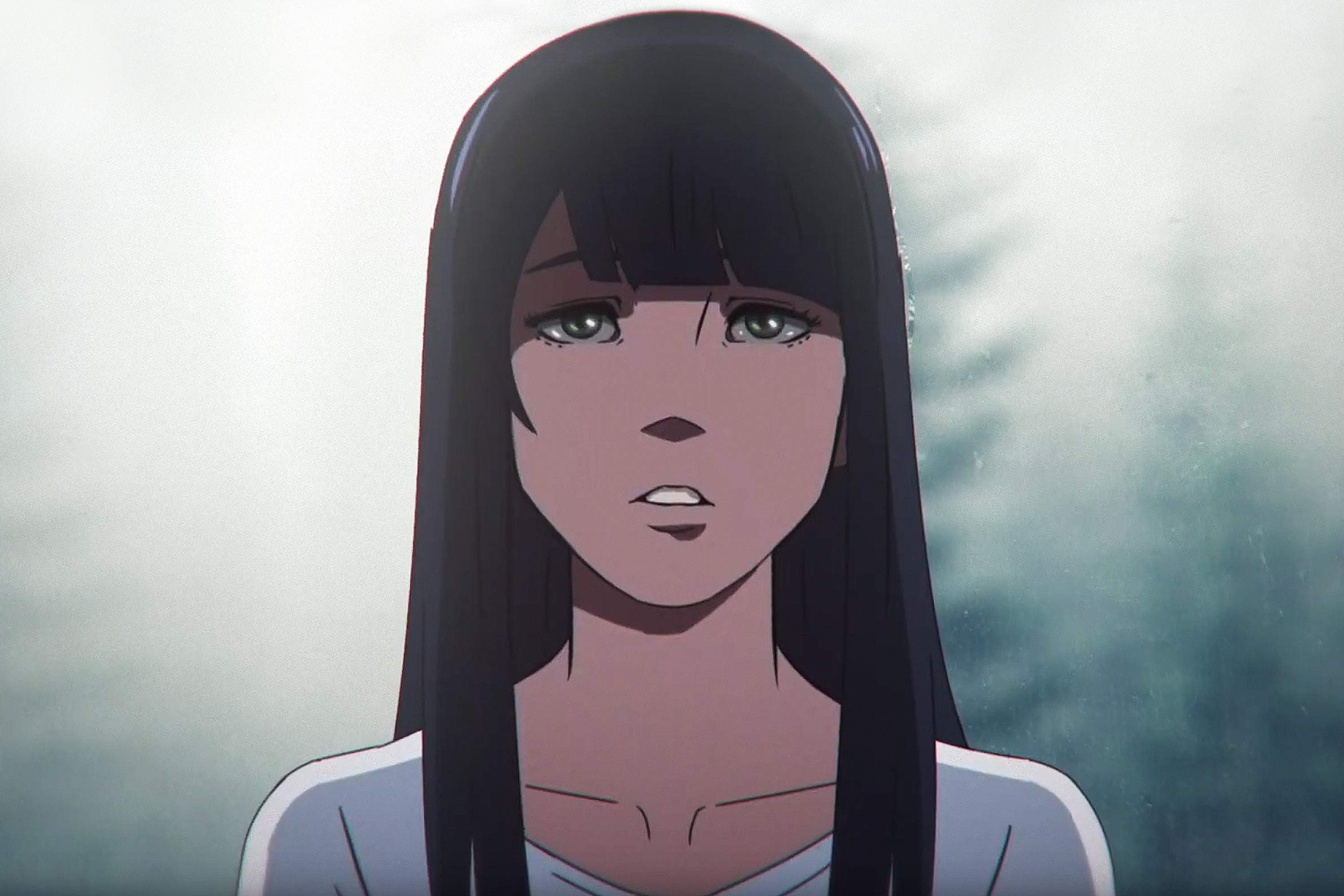
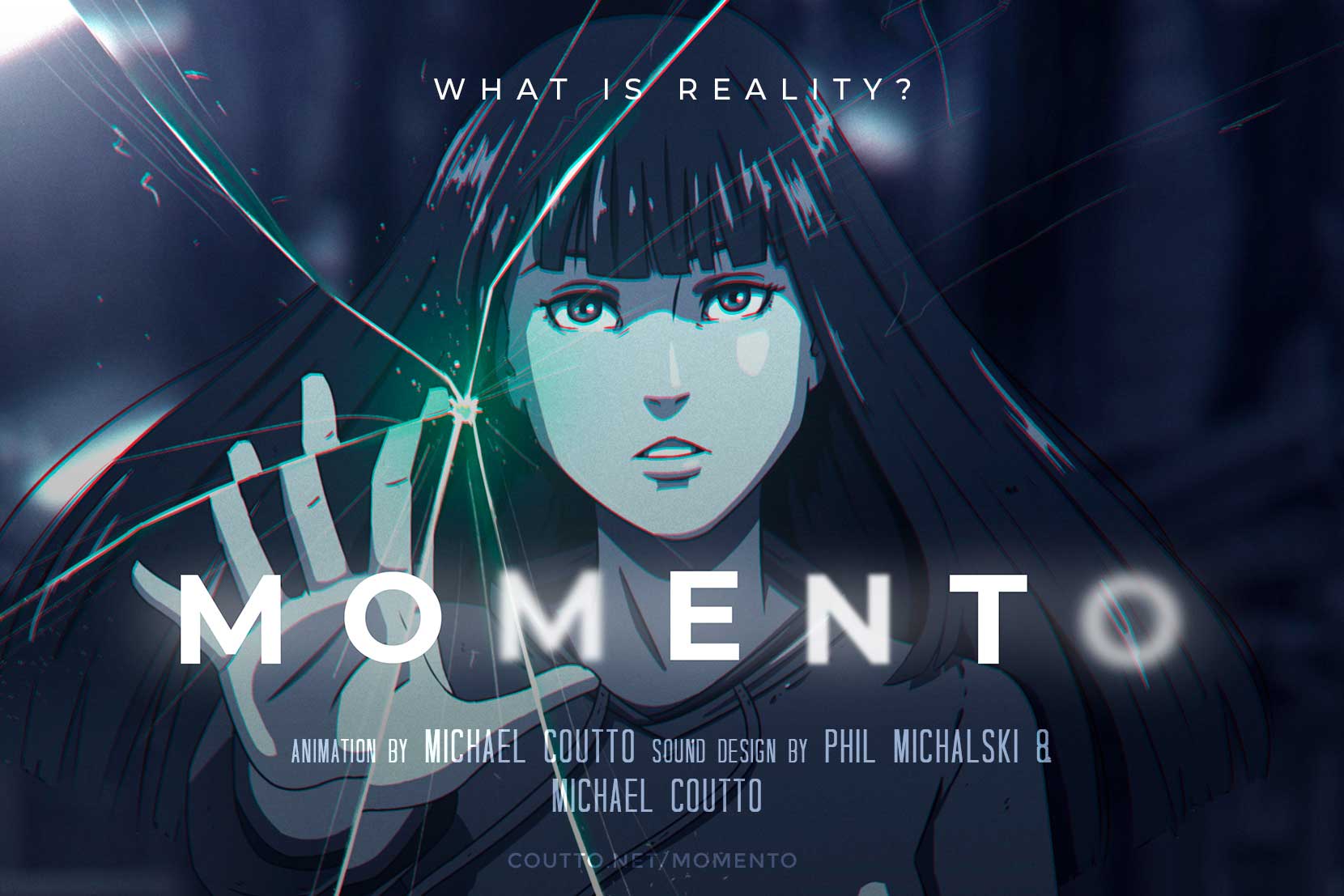
Pingback: Interview - Michael Coutto